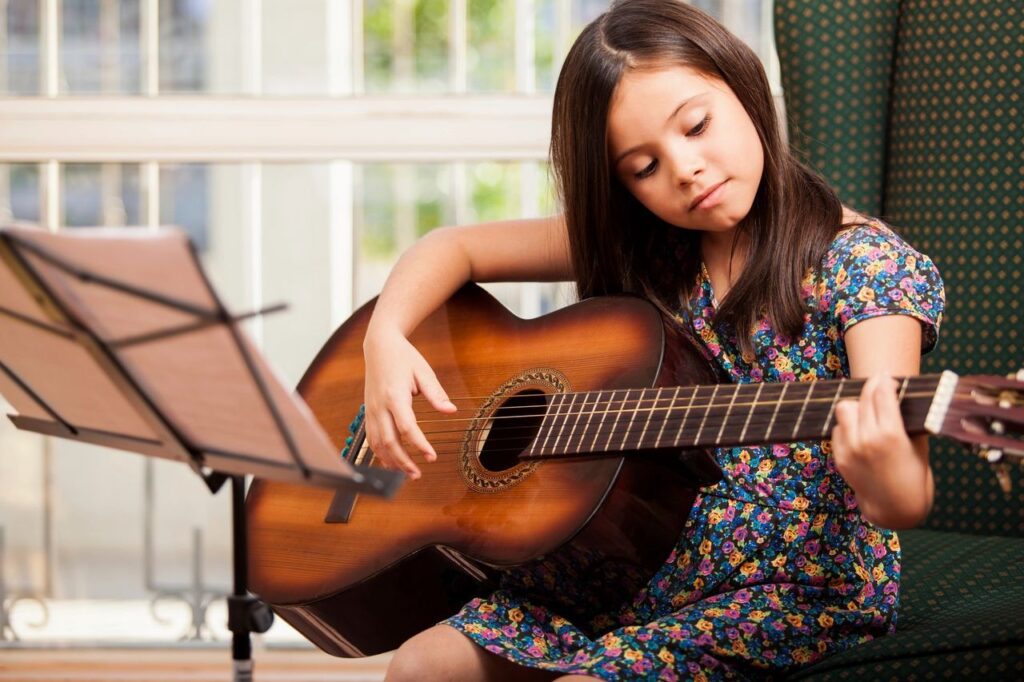
HOW DO I DESIGN AN EDUCATION PLAN FOR MY CHILD?
Curriculum
There are five subjects that public schools require K-8 students to learn. The subjects are language arts, math, science, social studies, and PE. What about music, art, economics, foreign languages, robotics, coding, cooking etc? The sky is the limit and your child doesn’t need to do the minimum. What would you like your child to learn? Let’s break down the basics and we can add on from there.
Language Arts– includes reading, phonics, writing, printing, cursive, grammar, spelling, and vocabulary. All of these subcategories of language arts can be taught from a prepackaged curriculum or it can be chosen àla carte. If you are just getting started, we recommend choosing a prepackaged curriculum that is scripted to help you. If you are brave, adventurous, or already have experience in homeschooling your child, àla carte is often preferable. Classic books and other quality literature should be an essential part of your child’s daily learning. We recommend not only the child reading, but being read to as well. By way of reading aloud, you can expose your child high level vocabulary and comprehension. There is no education tool more powerful than reading aloud to your child and it is a central part of education by design!
Math – Your 2nd through 8th grade student should spend 40 minutes to an hour studying math per day. Kindergarten and 1st level students spend 20 to 30 minutes on math instruction. The math instruction done at home does not need to match what is done at school, but a grade level, standards based curriculum is recommended to make sure your child is progressing. Many students today prefer online math learning because they get immediate feedback when solving a problem. There is so much free math curriculum available for homeschool.
Science– Hands on science is really a must for homeschool or independent study based students. Fortunately, scientists with the help of innovators have joined teams to make science the most exciting subject to learn. Science education is one of the best reasons to homeschool!
History (aka social studies)– Public schools call it social studies. Social studies, traditionally, is the study of history, geography, and economics. Unfortunately, current social studies programs are often filled with special interest projects. Literature, history, geography, and economics can be taught together for a meaningful study that just makes sense. Make history come alive for your child!
Location
The world is your child’s classroom. The less sterile the environment, the better. Take a couple of books to the beach. Bring some math to the park. A living classroom stimulates learning. Cozy up on couch with a classic book and hot chocolate and share literature together. Find a local learning center where your child can take a class or two with experts and peers.
Location
The world is your child’s classroom. The less sterile the environment, the better. Take a couple of books to the beach. Bring some math to the park. A living classroom stimulates learning. Cozy up on couch with a classic book and hot chocolate and share literature together. Find a local learning center where your child can take a class or two with experts and peers.
